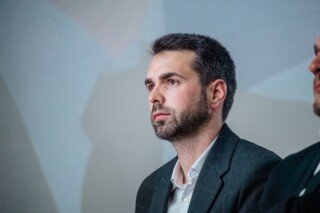The Terna company, which is currently working on the energetic connection between Italy and Montenegro in cooperation with Montenegro’s power grid operator, Crnogorski Elektroprenosni Sistem (CGES), has recently got a new executive director. Matteo del Fante has been replaced by the former director of the Enel group Luigi Ferraris. The new CEO announced that the company’s priority would be projects in Europe and Africa, particularly energy connection with the Balkans via Montenegro as one of the key investments.
The company aims to complete the project of energy connecting with Montenegro, France and Tunisia. The project with Montenegro, as the Italian media reported, will be completed by the end of 2019.
Terna also announced that special attention in the coming period would be paid to investments in renewable electricity sources in South America, where the company planned €250m worth investments.
The Italian company has recently adopted the 2017 development plan, which stipulates about €7.8bn investments in a series of projects. Among other things, as stated in the plan, Terna will continue the implementation of energy connecting with Montenegro, ie connecting the power cable to the power lines in Lastva and Villanova.
As Terna and CGES say, the benefits of the project will be felt in early 2018, when the system will officially be put into service.
What is most important for our country is the fact that Montenegro itself will be a hub through which the region would be able to offer its electricity to Italy, which could be redirected to France or any other country of the European Union.
In addition, the project implementation significantly improves the transmission network quality in Montenegro.
Once the submarine cable is put into service, significant revenues for Montenegro will be generated on the basis of CGES’s share in the total capacity of the cable – 20% of the 1,000MW installed. Revenues from electricity transmission in the region through the direct interconnection represent direct profits. By creating an integrated electricity market and increasing competition, power supply on the basis of lower wholesale energy prices will be available to industry and citizens.




